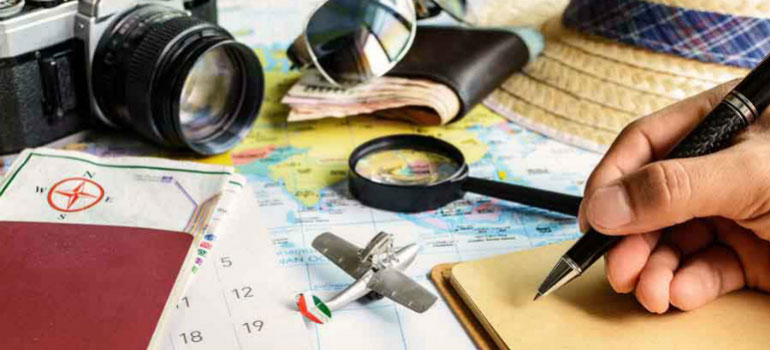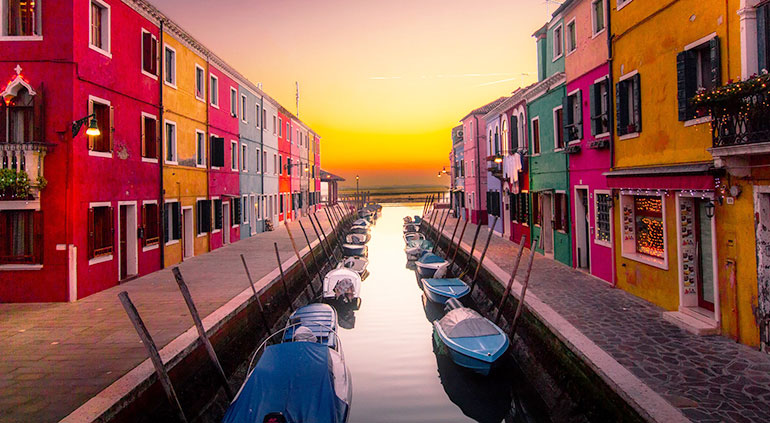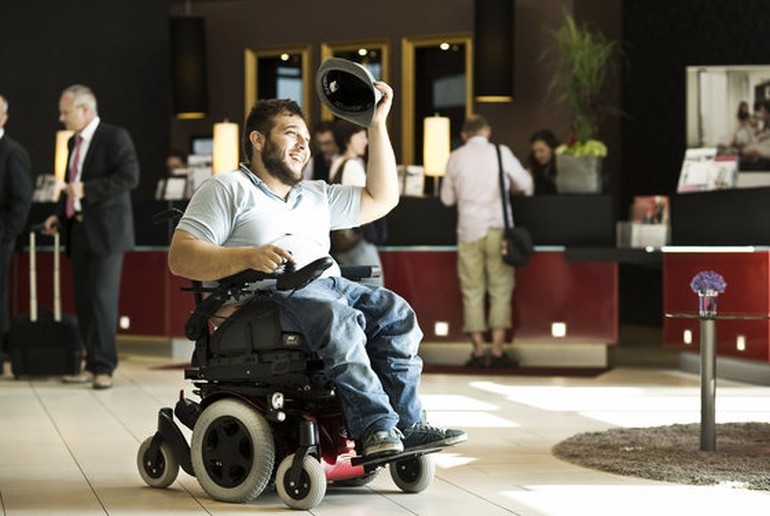
Planning a holiday or a weekend getaway can be tedious and stressful, since these are special days where you want everything to work out and to make the most of your time. Precisely for that reason, doing some planning when getting ready for your trip can save you from unpleasant surprises.
Clearly not everything can be controlled, but these tips will make your trip run more smoothly and with less worry. More and more cities are opting for accessible tourism so you will certainly find a destination that you like, and that fits your needs.
Ten Useful Tips for Accessible Tourism
There are an increasing number of agents involved in the tourism sector offering accessible tourism recommendations. In the future, you will be able to plan trips without having to take special measures, assuming that any hotel or city will have the adaptability requirements for planning your trip. If you follow them, you have a higher chance of everything going to plan.
1. Plan Ahead
Before deciding on a particular city, research its degree of accessibility. There are many websites and forums where you will find opinions and information about its monuments, nature areas, accommodation, and restaurants, which will give you some clues about its accessibility. If the results are not what you expect, don't be discouraged - the visit will surely still be worthwhile.
2. Check the Accessibility of the Hotel and Its Surroundings
It's possible that a hotel is accessible, but that its rooms cannot be adapted to your specific needs. That's why it's worth calling ahead to find out. On the other hand, when you familiarize yourself with the accommodation, you should also investigate the accessibility of its surroundings (restaurants, cobblestone pavements, ramps, or stairs) and generally the area where it is located.

3. Book in Advance
Although it is very common to make reservations at the last minute, especially short breaks or long weekends, remember that hotels usually have a small number of adapted rooms and if you wait until the last day, they can already be fully booked.
4. Find Out About Your Travel Insurance
If you are traveling by train or bus, ask if the company's fleet has adapted platforms. The same thing applies if you are going to travel by plane. Inform them in advance that you will be traveling in a wheelchair. In the latter case (if you are traveling by plane), find out if your travel insurance covers your mobility equipment. Damaging or losing your wheelchair is obviously not the same as if it was a suitcase. Just in case, you must be prepared and advised.
5. Plan Your Routes
Footpaths, buses, underground stations, and accessible entrances in the buildings you want to visit (museums, churches, monuments, etc.). All these aspects are part of your trip, so it is important to bear them in mind when planning.
6. Choose the Most Appropriate Time of Year
The weather is too unpredictable and can always surprise us, so when planning your accessible tourism trip, try to look for dates during which nothing weather-related can spoil your getaway. Paying attention to weather forecasts can help. It goes without saying that you won't be able to prevent everything, but this way probability will be in your favor.
7. Consider the Opinions of Others
Before booking your tickets or making a hotel reservation, check the ratings and comments that other users make about the transportation, hotels, etc. Pay attention, above all, to the opinions of other people with disabilities. This way you know how they traveled around, what obstacles they encountered, and how they were overcome.
8. Browse the Official Guides
The councils, increasingly committed to accessible tourism, periodically publish accessibility guides for their city where a thorough check is made. In these guides you will find information about accessible tourism in relation to the use of public transport, access to theaters, cinemas, monuments, accommodation, restaurants, and parking.

9. Draw Up a "Plan B"
It is never too much to have alternatives, so any well-organized trip will require a backup plan, also something to which accessible tourism refers. Precautions come in every shape and size: from your day being spoiled, to one of the adapted entrances of a building not working properly, to something happening to your wheelchair.
10. Positive Attitude
Your attitude should be positive from the moment you leave home, and your premise should always be maximum enjoyment. You will see how after all the effort, it will be worth it. So, don't be afraid to soak up new experiences. What if something goes wrong? Point it out, and keep it in mind for your next trip.
If you meticulously plan each of the details of your trip and you have a Plan B, you can go ahead. Relying on the experience of others is a very interesting option, as well as having a pre-planned and well-planned route of what you want to do or see at your accessible tourism destination. Now you can simply enjoy your trip. Are you ready to choose your destination and pack your suitcase?
Most of the stories here on Live Quickie were submitted by readers. Do you have a story to tell? We'd love to hear it. Submit your story here.